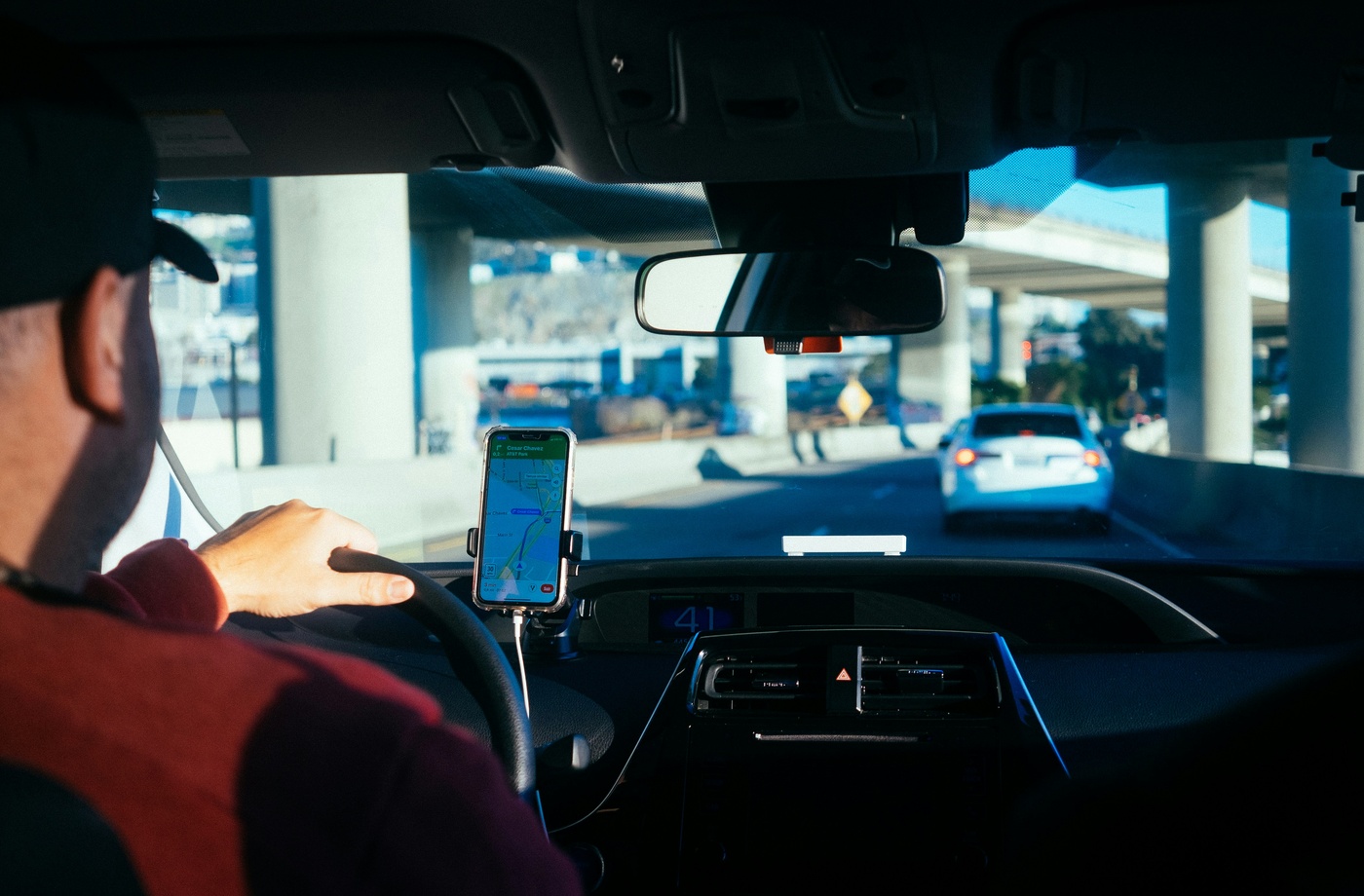Time-Saving Taxi Tips for Busy Professionals
For professionals navigating a packed schedule, efficiency is everything—especially when it comes to getting from point A to point B. Taxis and rideshares offer flexibility that public transit can’t always match, but if you’re not booking smart, you could be wasting valuable time (and money).
Here are practical, time-saving taxi tips tailored for working professionals who want to streamline their commute without compromising comfort or reliability.
- Schedule rides in advance
If you know your meeting schedule or airport departure time, scheduling your ride ahead is a smart move. Platforms like Uber and Lyft allow you to pre-book a ride up to 30 days in advance. This eliminates last-minute waiting during peak hours and ensures timely pickups—especially in high-demand areas.
Advance scheduling is also useful for professionals attending early morning conferences or client dinners in unfamiliar neighborhoods.
- Use the right app for the right city
Taxi app performance varies by region. In cities like New York, using Curb or Arro might offer better access to yellow cabs than traditional rideshare apps. In other urban centers, Uber and Lyft may dominate the market and offer faster response times.
Knowing which app performs best locally saves minutes on every ride—and adds up fast for daily commuters.
- Choose premium tiers for consistency
Standard ride tiers often vary in vehicle quality and driver experience. If you’re heading to a high-stakes meeting or event, opt for options like Uber Comfort or Lyft Lux. These tiers prioritize newer vehicles and more experienced drivers, which can reduce delays due to navigation errors or app confusion.
While premium tiers cost more, they often reduce uncertainty and stress—well worth it when time is tight.
- Avoid surge pricing with smart timing
Professional riders can avoid price hikes and delays by scheduling rides outside peak windows. Morning rush (7:30–9:30 AM) and evening peak (5–7 PM) often trigger surge pricing and longer wait times.
Tools like Google Maps or Waze can help estimate traffic flow so you can plan departures accordingly. Try leaving earlier or later by 15–30 minutes for smoother pickups.
- Optimize pickups and drop-offs
If you’re calling a ride from a large office complex or event center, walk to a nearby corner or side entrance. Drivers often lose time navigating dense areas, and rides may be canceled if the pin location isn’t clearly marked.
Drop-offs are faster too when you pick a spot with an easy exit. That extra minute saved at both ends adds up, especially on back-to-back appointment days.
- Minimize in-ride disruptions
Use in-app features to set ride preferences before your driver arrives. With Uber Comfort, for example, you can select “quiet mode” or adjust temperature preferences before pickup. This ensures a focused ride that lets you catch up on email, prep for a presentation, or just decompress between meetings. - Keep payment seamless
Make sure your default payment method is updated and synced. Whether you use a business credit card or a digital wallet like Apple Pay or Google Pay, avoid hold-ups by ensuring the app doesn’t prompt for updates when you’re in a rush.
Also consider enabling expense tracking tools like Expensify or Concur if you plan to reimburse rides regularly.
Conclusion
For busy professionals, every minute counts. These taxi and rideshare strategies can help you stay on time, reduce stress, and make smarter ride decisions every day. From choosing the right app to planning pickups, small optimizations lead to smoother, faster commutes—so you can stay focused on what matters most.



